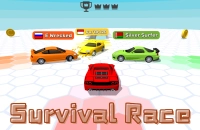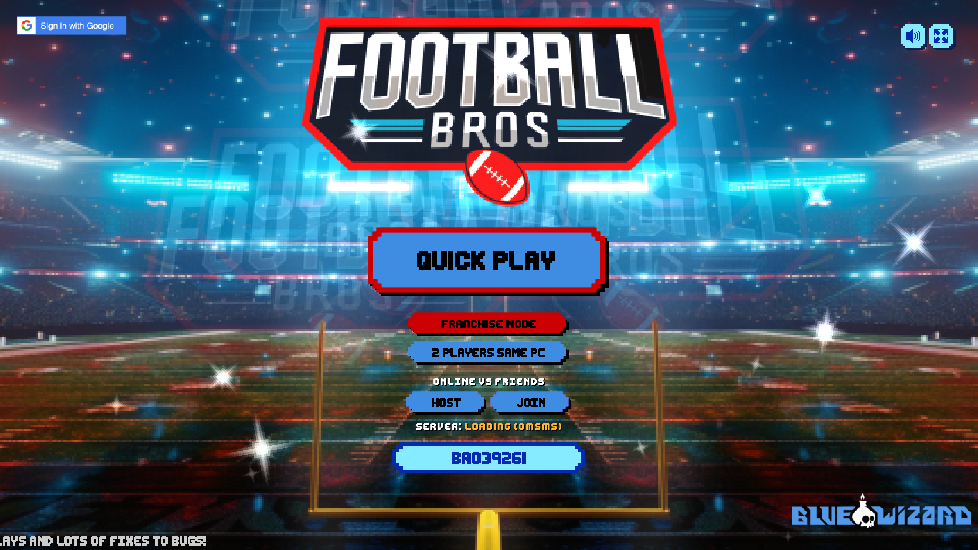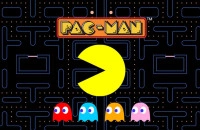Advertisement Space
Dash through hidden traps and reach the final gate
Advertisement Space
Keep exploring
Keep the momentum going with more arena racers, action trials, and puzzle standouts.

Survival Race: Conquer the Ultimate Race Challenge

Infinite Chef: Your Ultimate Cooking Simulator

Join the Football Bros Action!

Fireboy and Watergirl: Ice Temple

Pacman 30th Anniversary: A Classic Reborn

Survive the Diner After Dark

Wheelie Life 3 - Master the One-Wheel Stunt

Fireboy and Watergirl: Crystal Temple

Dash, dodge, and outlast rivals in Rumble Rush!

Unleash Your Soccer Skills in a Hilarious, Physics-Fueled Arena!
About Devil Dash
Run, react, and survive in Devil Dash
Devil Dash is a ruthless platform runner where every single tile on the ground might hide a deadly surprise. You guide a tiny cube across eerie corridors and haunted arenas, never sure which part of the floor will stay solid and which part will suddenly transform into a spike pit, collapsing step, or moving wall. Instead of memorizing long patterns, you learn to read subtle visual cues and build sharp reflexes as Devil Dash constantly shifts the rules and tempo of each stage.
Learn the language of invisible traps
At first, Devil Dash may look like a simple sprint through a spooky world, but the more you play, the more you realize that the game is quietly teaching you to notice tiny details. A slightly darker tile, a wall that feels too smooth, or a platform hovering a little lower than usual can all signal a hidden danger. Each failed run in Devil Dash turns into a lesson, and each new attempt feels a little more controlled as you anticipate where the next trap might appear.
Because levels restart instantly after a mistake, Devil Dash wastes none of your time. You fall into a pit, hit a spike, or misjudge a jump, and in a split second you are back at the starting gate, ready to adjust your timing or try a different route. This snappy retry loop keeps the tension high without feeling frustrating, and the sense of flow grows stronger as your hands and eyes sync with the rhythm of Devil Dash.
Master precise controls and tight timing
The controls in Devil Dash are deliberately straightforward so you can focus on reacting instead of remembering complex button combinations. Use the arrow keys to slide left or right, tap the up arrow or the space bar to hop over gaps, and press any key to restart the run when a trap gets the best of you. The simplicity is deceptive: because the traps are so cruel and the safe zones so narrow, even a tiny misstep can send your cube flying into danger.
Over time, you begin to internalize how far a jump will carry you, how quickly you can switch directions, and how long you can safely hesitate before the stage punishes you for standing still. Devil Dash builds challenge not by overwhelming you with enemies but by tightening the window for every decision. The cube moves just fast enough that you are always a half beat away from disaster, and that constant pressure is exactly what makes Devil Dash so gripping.
Face sixteen escalating gates of horror
Instead of endless random stages, Devil Dash structures its campaign around sixteen carefully tuned gates, each with its own visual flavor and mechanical twist. Early gates introduce basic pitfalls and collapsing tiles so you can get a feel for how the world behaves. Later, Devil Dash mixes in late-appearing walls, timed platforms, deceptive safe spots, and long stretches where you must chain jumps together without any room for hesitation.
Every gate you clear unlocks the next, and the knowledge you earn in one level carries naturally into the following challenge. When you return to an earlier stage, you will often notice clever trap placements you completely missed during your first run. That feeling of seeing the design with new eyes is one of the most satisfying rewards that Devil Dash offers, especially if you enjoy understanding how a cruel platformer is built.
Immerse yourself in minimal but intense atmosphere
Devil Dash uses clean, minimalist pixel art and bold colors to build a sharp visual identity. The backgrounds stay uncluttered so you can easily track your cube, the upcoming terrain, and the exact position of hazards. Sound effects are loud and punchy: every jump, every collision, and every shifting wall lands with a satisfying impact that keeps you locked into the action. Together, the visuals and audio create an atmosphere that feels both simple and suffocating, as if the whole stage is waiting for you to slip.
Because the game loads in your browser, you can launch Devil Dash in seconds without installing anything. That makes it the perfect choice for a quick break or a long challenge session. You can sit down for one or two attempts and suddenly realize that you have spent half an hour trying to shave a few seconds off your best run or attempting to reach a gate that once felt impossible.
Train your patience, not just your reflexes
The real enemy in Devil Dash is not only the spikes or surprise pits; it is your own impatience. Charging forward without thinking will reveal where the traps are, but victory comes from slowly converting that knowledge into a controlled, repeatable route. The smartest way to play Devil Dash is to treat each failure as a scouting run. Learn where the floor drops away, where fake safety platforms appear, and where a sudden wall will try to crush you, then adjust your rhythm one section at a time.
This makes Devil Dash a great game for players who enjoy difficult platformers like Geometry Dash and Level Devil. The design rewards focus, pattern recognition, and calm decision-making under pressure. When you finally reach the exit gate of a brutal level, you are not just reacting faster; you are understanding the stage as a puzzle and executing a plan you built through dozens of attempts.
Why you should start your run now
If you like compact, punishing platformers that feel fair even when they are wildly unforgiving, Devil Dash belongs on your list. It does not bury you under complicated upgrades or long menus; instead, it gives you one character, one set of moves, and sixteen lethal obstacle courses to conquer. Every run is a fresh chance to go a little farther, survive one more trap, and prove that you can keep your cool when the floor literally vanishes beneath your feet.
Jump into Devil Dash today, experiment with bold routes, and see how long you can last before the next hidden pit claims your cube. With immediate restarts, sharp controls, and carefully designed levels full of treacherous surprises, Devil Dash turns every short session into a thrilling story of risk, failure, and eventual triumph.
Dash through hidden traps and reach the final gate is ready to play
Race through lethal traps in Devil Dash, sharpen your reflexes with instant restarts, and enjoy a fast browser platformer where every failure builds skill.
Share Dash through hidden traps and reach the final gate
Spread the word, invite friends, or bookmark this page to revisit the story whenever you need it.